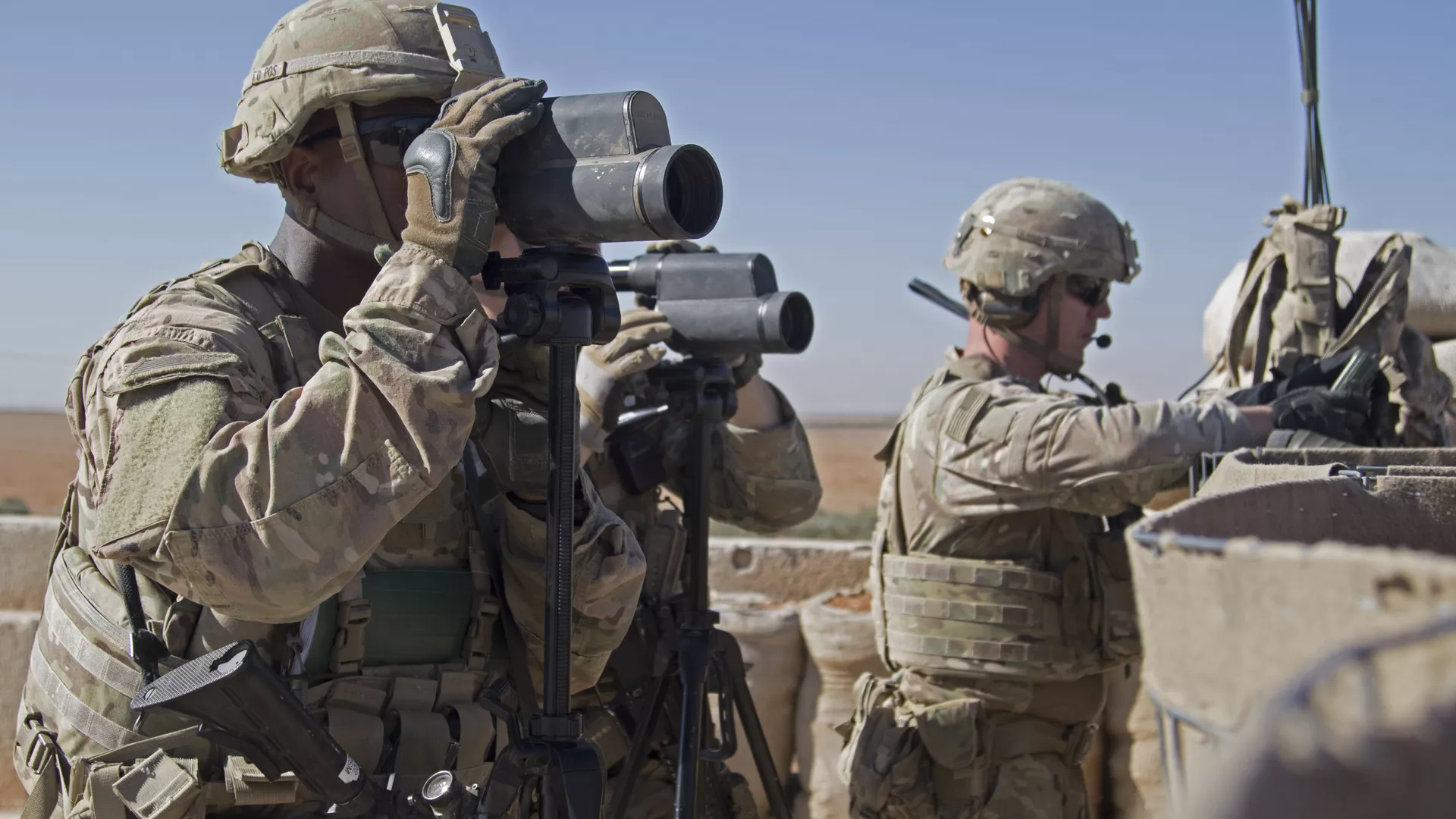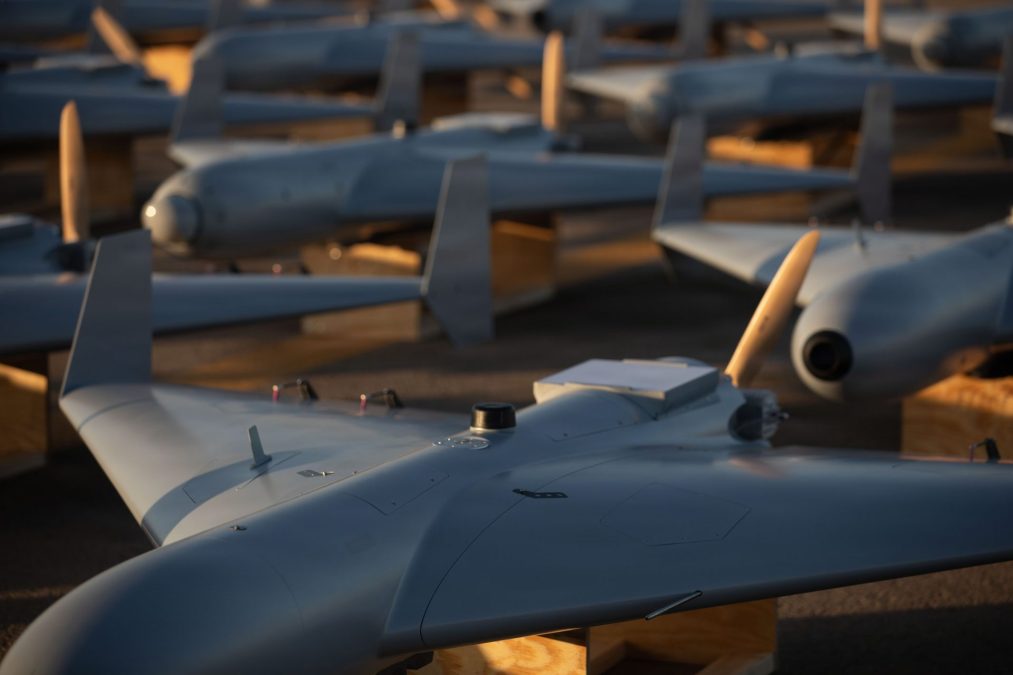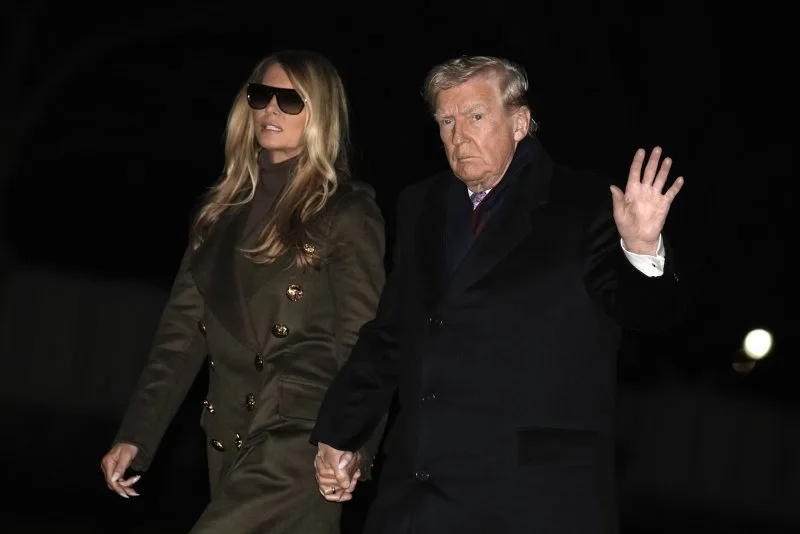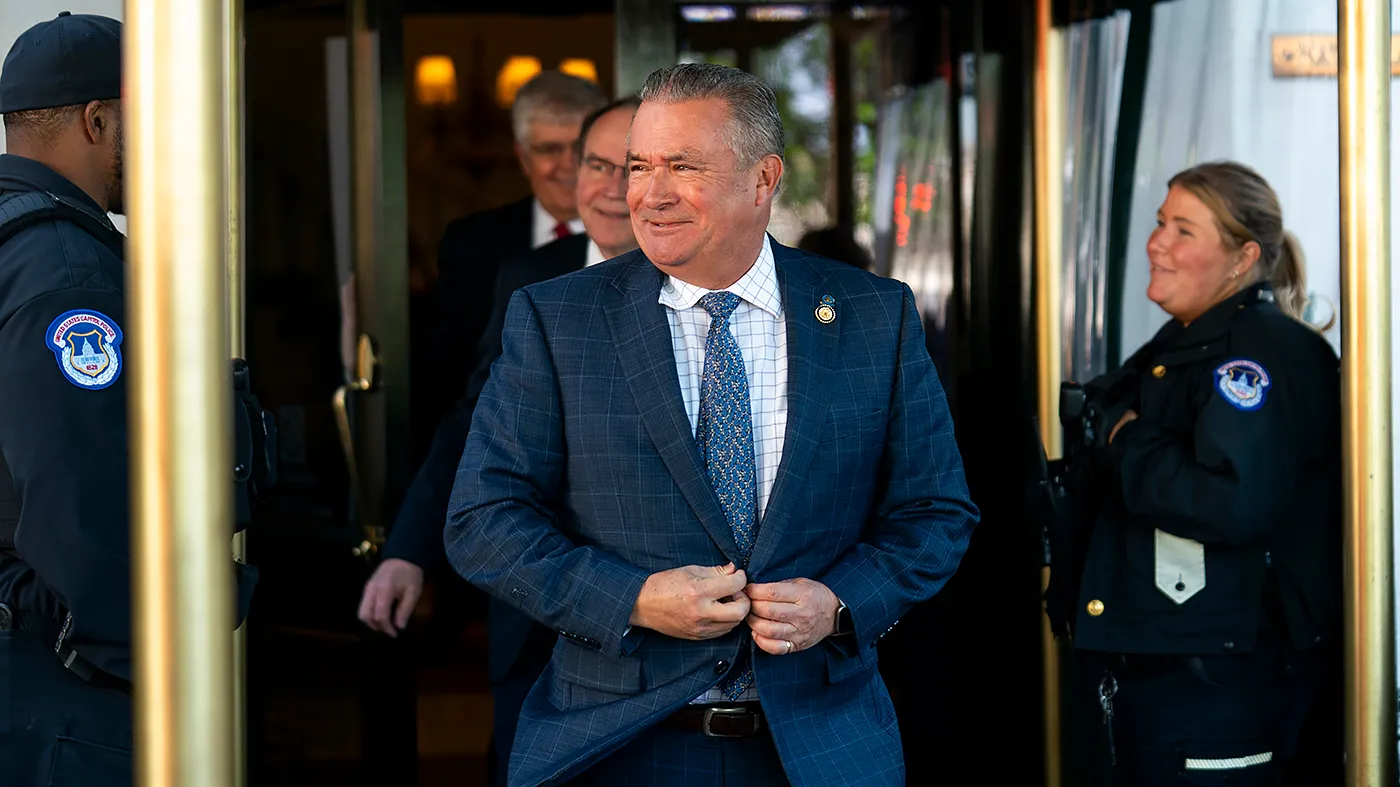The United States has been engaged in a semi-covert regime change effort in Syria for over a decade.
A US base near the Syria-Jordan border was struck by an overnight drone attack in the latest demonstration of widespread rejection of the United States’ role in the region.
The attack killed three US Army soldiers and injured more than 30, according to the latest reports from US officials Sunday.
There is dispute over whether the targeted US installation was in Jordan or Syria. US officials have claimed the attack hit Tower 22 in Jordan, which US media describes as a “small US outpost” in the northeast of the country. Meanwhile Jordanian government spokesman Muhannad al Mubaidin told a local television channel the strike was actually against the Al-Tanf base, which hosts a substantial US military presence in Syria.
The distinction is significant as the Syrian government and other countries consider the US presence in Syria to be illegal.
The instance is the first known time US troops have been killed in attacks targeting the country’s presence in the Middle East since US backing of Israel provoked retaliatory strikes starting in October. US strikes are thought to have produced casualties as recently as four days ago, when the White House reported that an attack on Kataib Hezbollah likely killed several members of the militia.
Although the United States has never formally declared war on Syria, the country has been involved in efforts to oust President Bashar al-Assad for more than a decade. Here, Sputnik takes a look at the controversial US role in the country, which has contributed to the death of at least half a million people.
Many of the details surrounding the genesis of US presence in Syria are still shrouded in mystery. The intervention is thought to have begun in 2012 or 2013 as a classified program of the US Central Intelligence Agency (CIA) known as Timber Sycamore. The program was launched by the agency’s infamous Special Activities Center, a division that conducts secret paramilitary activity, psychological operations, and economic warfare without oversight from the US public.
Launched at a time of mass US public opposition to unpopular wars in Iraq and Afghanistan, CIA officials hoped they could topple Syria’s government through the arming and training of rebel forces in the country. Ironically, many of the militants backed by the CIA had ties to ISIS*, a force the United States has ostensibly fought to defeat in the region. This led former US President Donald Trump to claim former President Barack Obama was the “founder of ISIS.”
Former Afghan President Hamid Karzai has also claimed ISIS is a tool of US foreign policy, claiming he cannot distinguish between the United States and ISIS. Meanwhile Israel admitted in 2019 to arming ISIS-linked Syrian rebels in its shared desire with the US to eliminate al-Assad. Ex-US State Department official Michael Maloof has claimed US foreign policy in the Middle East is oriented around eliminating Israel’s enemies in Syria, Iran, and Libya, among other countries.
The CIA’s Timber Sycamore program is thought to be one of the most expensive efforts in the agency’s history. It’s been reported that more than $1 billion in weaponry has been sent to Syrian rebels, although the exact figure is not known. Thousands of tons of arms have been shipped from allied US countries.
The Al-Tanf base on the Syria-Jordan border is one of at least ten that the United States operates in Syria without the approval of the country’s government, which has ordered US forces to leave the country. Thousands of US troops have been stationed in the country and an unknown number of Special Operations Forces. The US military has worked to keep details of the US presence secret, and responded angrily when a Turkish news agency published a map of US installations.
US politicians have typically sold the US military presence as necessary to combat ISIS, despite the country’s cooperation with ISIS-linked Islamic radicals in the country. The United States has long sought to expand its presence in the oil-rich region more broadly, to the exclusion of others. The US has criticized the presence of Russian forces in the country, who assist Syria’s military at the invitation of the allied country’s government.
In a rare moment of candor of the type that earns him opposition from members of the US intelligence community, former US President Donald Trump once proclaimed the United States maintains a presence in Syria “only for oil.”
Many observers claim the American presence in Syria is contrary to US law and the so-called “rules-based order” often purportedly championed by the United States.
US Senator Rand Paul has sought to end the war, which he points out has never been declared by Congress in line with the US Constitution. The war’s backers insist US presidents have the authority to oversee action in Syria based on the 2001 Authorization for the Use of Military Force (AUMF) which gives the executive branch broad latitude in the so-called “War on Terror.” Others say the AUMF itself is an unconstitutional abrogation of Congress’s defined constitutional powers.
“The United States cannot fix Syria,” said Robert Ford, Obama’s former ambassador to Syria, recently. “Yet we still have 900 troops in eastern Syria for eight years, going on nine. I’m puzzled that we haven’t had a national debate on what U.S. troops are doing in Syria.”
“We need to have that debate about the authorization of military force,” he added. “There needs to be a definition of the mission of U.S. forces. There needs to be a set of metrics to measure their success or failure.”
Given that the CIA’s intervention in the country may have begun without even informing the US president at the time, America’s decade-long presence in Syria raises questions about the sprawling US deep state’s lack of accountability.




